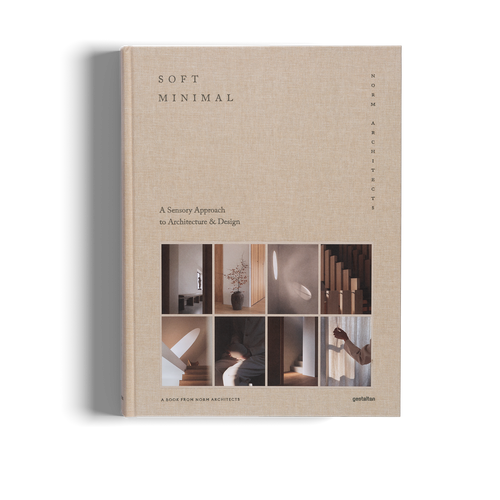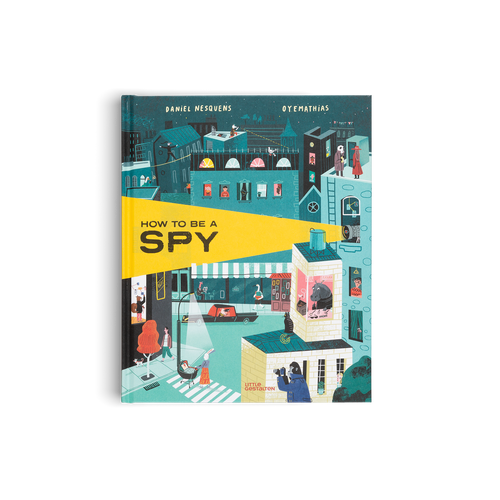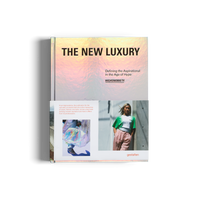
10/2019 design & fashion
Larry Warsh began collecting art in the 1980s, during a core chapter in the history of contemporary art that was the result of a rare combination of people, time, and place. His dynamic art collection includes the work of Keith Haring, Jean-Michel Basquiat, Ai Weiwei, Daniel Arsham, and Brian “KAWS” Donnelly, plus a few “odds and ends.” The self-described “compulsive collector” and digital art book publisher sheds some insight on the parallels between the evolution of art and the transformation of luxury, and how the intersection of these spheres is giving rise to new possibilities and novel interpretations of art and culture today.
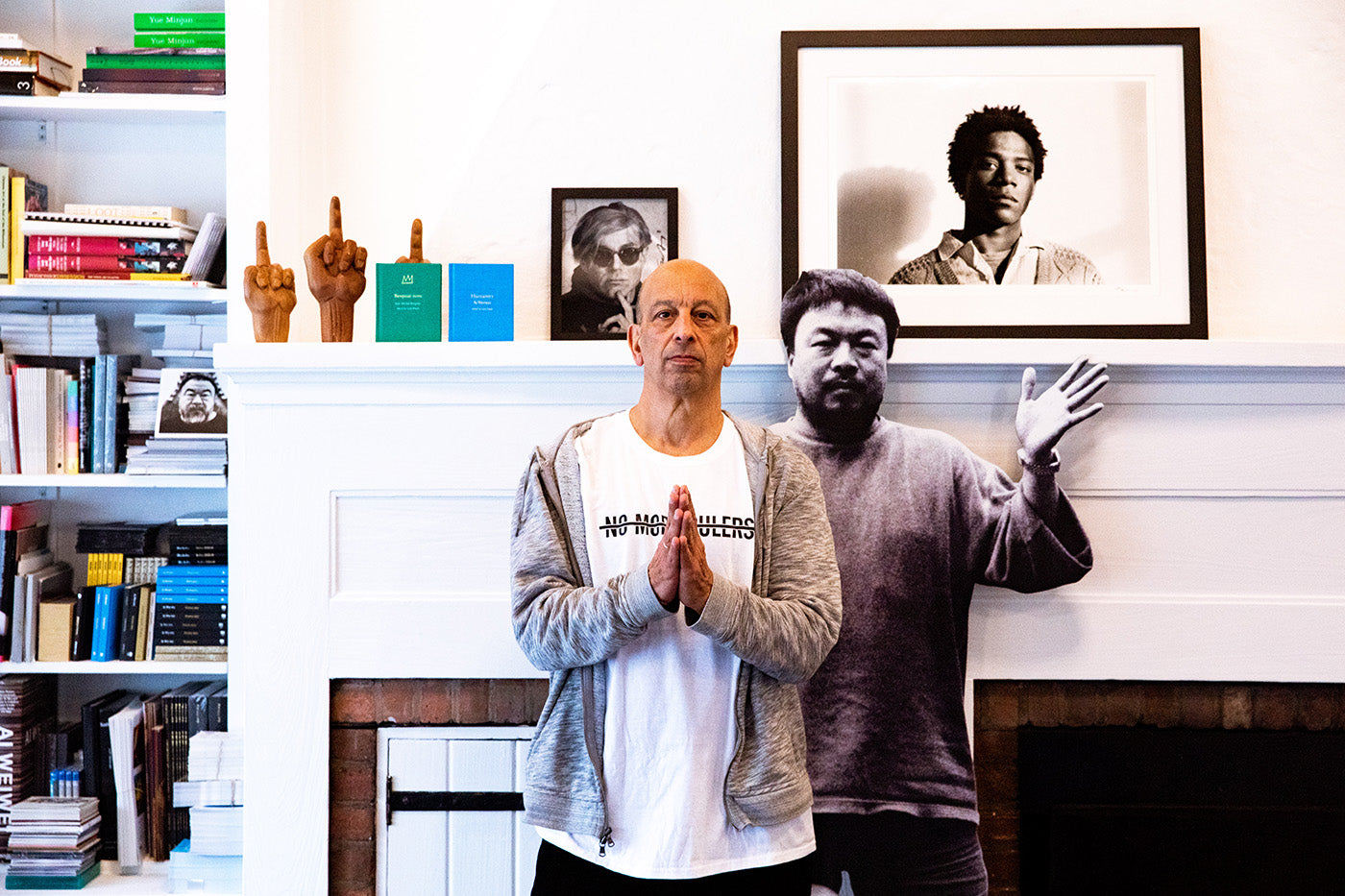
Larry Warsh at his office in New York in front of a cardboard cutout of artist Ai Weiwei. (Photo: Bryan Luna)1
Before art, what was the first thing that sparked the obsessive collector in you?
Oh, it was probably stamps and coins and stuff. I always wanted one of everything. And then, if I really liked it, two of everything. That’s something that’s sort of built into me, in terms of wanting stuff and feeling comfortable with it. That trait is more like a happy obsession. Later on, that specific desire to accumulate turned into a desire to collect with a bit more restraint.
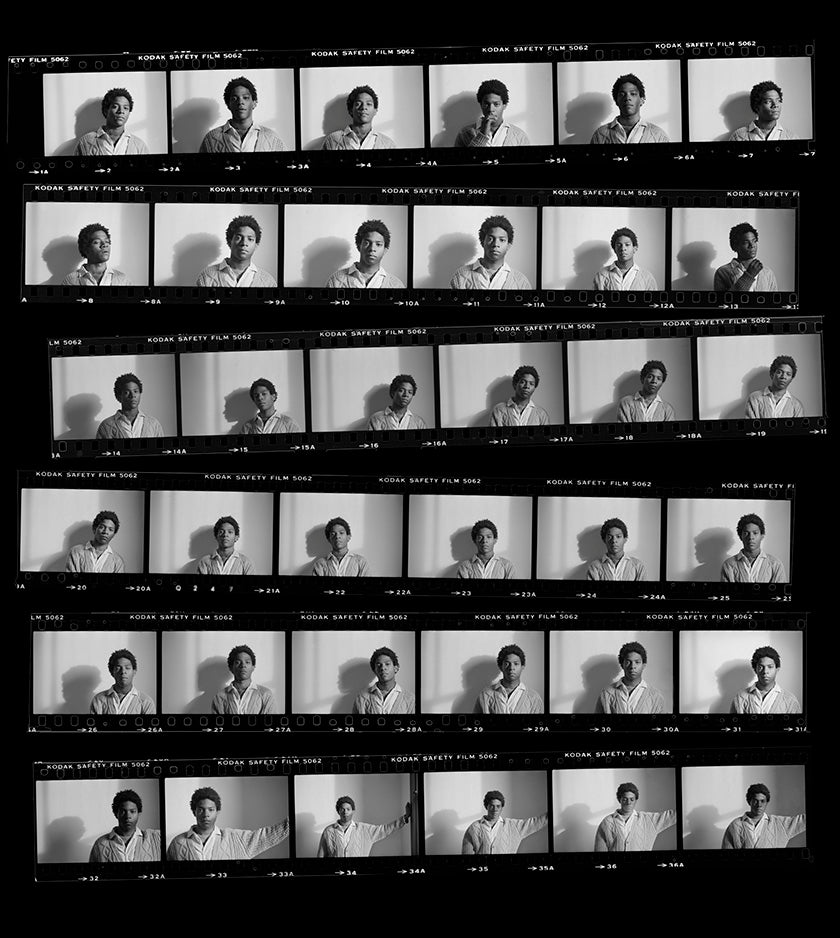
Lee Jaffe Untitled (Jean-Michel Basquiat, contact Sheet), 1984. Black-and-white photograph. (Photo: Courtesy of Larry Warsh)
A mentality?
Yes, a mentality. You either develop it on your own—it might be a special gene!—or through surrounding influences, family members or people around you. I think it’s a variety of things that come together to inspire this kind of mindset and conscious direction.
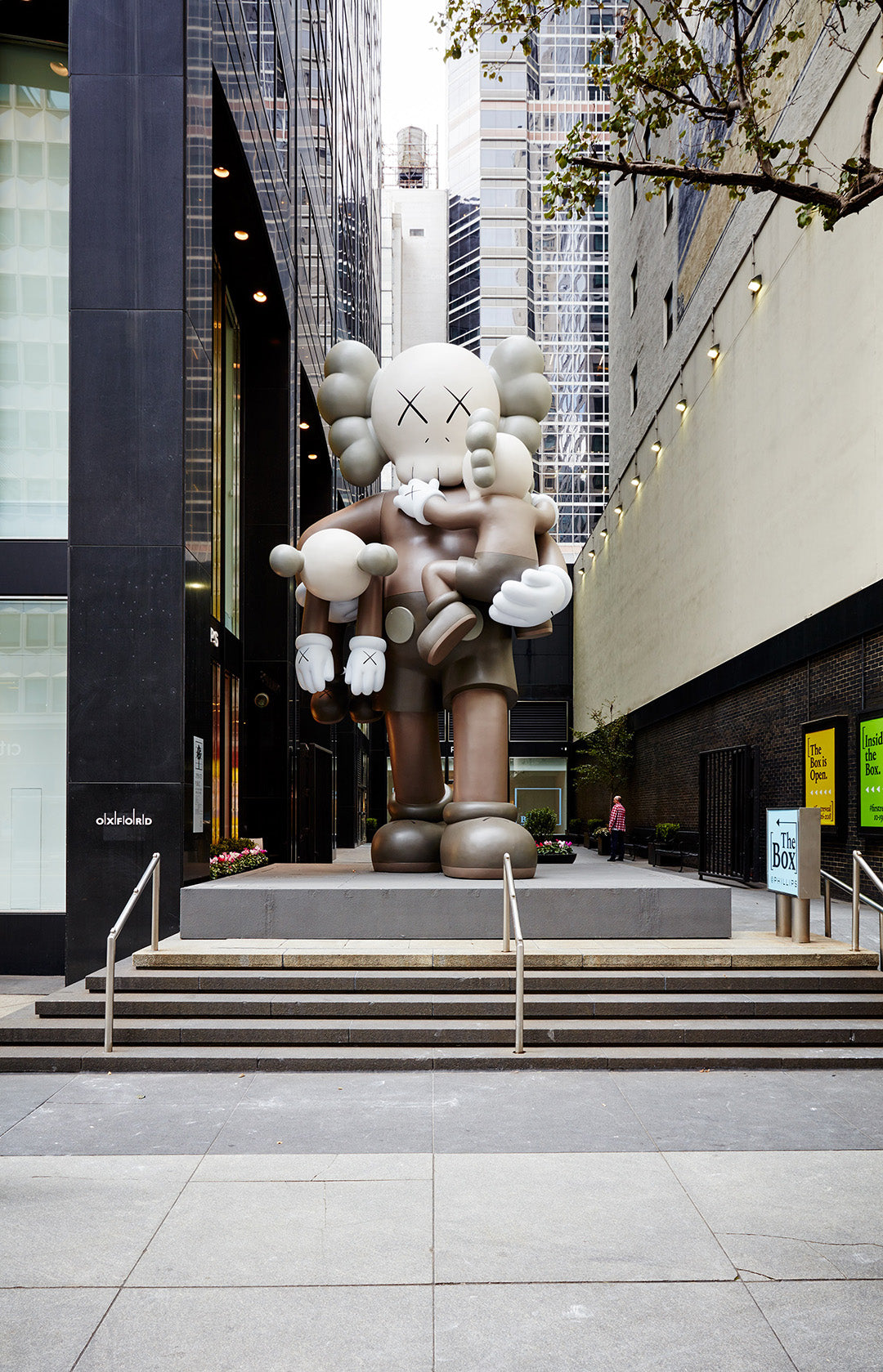
KAWS Clean Slate, 2014. Fiberglass, metal structure, paint. (Photo: Courtesy of Larry Warsh)
Was it a family member or friend that helped mold that mindset for you?
Growing up, I had an uncle who collected all sorts of things, and whatever he collected, he had 20, 30, 40 pieces. That was the uncle who really influenced me and exposed me to collect. Over time, that compulsion transformed into a more focused way of collecting. I think what happened over the years is the fine-tuning of that compulsion, so it changed from accumulating to collecting with some kind of stewardship and focus.
How would you define the difference between what people would classify as “accumulating” and “collecting?”
It could be a parallel, but maybe it’s something in the family. I think focused collecting has a specific frame of mind. A lot of the larger collectors, if you study what they have or what they had, it’s the drive to acquire and collect. Then connoisseurship enters into the picture combined with knowledge and intuition, coupled with drive and the need to envision, a glance into the future that helps propel the moment where focus and clarity begin—or should begin.

Jean-Michel Basquiat in collaboration with Keith Haring, Fab 5 Freddy, Futura, Eric Haze, LA II, Tseng Kwong, Kenny Sharf, et all. Untitled (blue vase), 1982. Mixed media, acrylic, spray paint, ink marker on fiberglass vase, 24x20 inches. (Photo: Private Collection)
In the 1980s, you began collecting the work of Keith Haring and Jean-Michel Basquiat. How did you get involved in that scene?
I was living on Astor Place during the 1980s, and just being there made me susceptible to what was going on there. That time in New York City was quite different than it is now, and there was real, legitimate energy. How I understood art of this time was by walking around the streets, hanging out with my friends, and just bumping into things—amazing synergies and randomness at the moment. I met and hung out with different people: Henry Geldzahler, Michael Holman, Rene Ricard, Patti Astor, Fab 5 Freddy, Lenny McGurr (aka Futura). Through hanging out, I was able to observe and assimilate—I would call them incredible cultural energies of the people I was around. Downtown, Jean-Michel Basquiat, Keith Haring, and Kenny Scharf were really creating a foundation of what was to become the future, where we are now. When the partying stopped, the art continued.
Keith Haring gave a lot of gifts to his friends, and there was an art to his generosity. With Jean-Michel Basquiat, we saw the steady building of his energy and his use of words that began to matter in a more significant way—that quickly stood out. His genius was obvious. I was fortunate to be involved in the activities and liveliness of that era, and my collection began thanks to all those friends and artists who contributed to the moment. Looking back on those times, we can see the emergence of a new kind of popular culture that has been evolving ever since.

Keith Haring Untitled (Free South Africa/Apartheid), 1984. Acrylic paint on canvas, 22x22 inches. (Photo: Private Collection)
How does the art establishment need to evolve to meet that demand?
Artists and creators today should be looked at not just for who they are, but who they reach in the various disciplines of creativity—including art, music, design, fashion, digital spheres, and so on. Today, there are no more rulers, no boundaries, no judges, no archetypes; creators chart their own course. The barriers of the art world are being broken down. One of my current projects is called just that—No More Rulers— and it’s a freethinking creative platform that collaborates with creative minds and that new energy that is right in front of us. Supporting the likes of designers, musicians, and graphic artists, No More Rulers demystifies the notion of what is art, what is good art, and who decides. Focused on creative excellence and cultural impact without boundaries, the No More Rulers platform acts as a validator and source of credibility for creators to be seen and respected for their creative output by partnering with premier art establishments in an association, exhibition, and distribution. We aim to break down the barriers and empower youth with the message that everyone can achieve creative success.
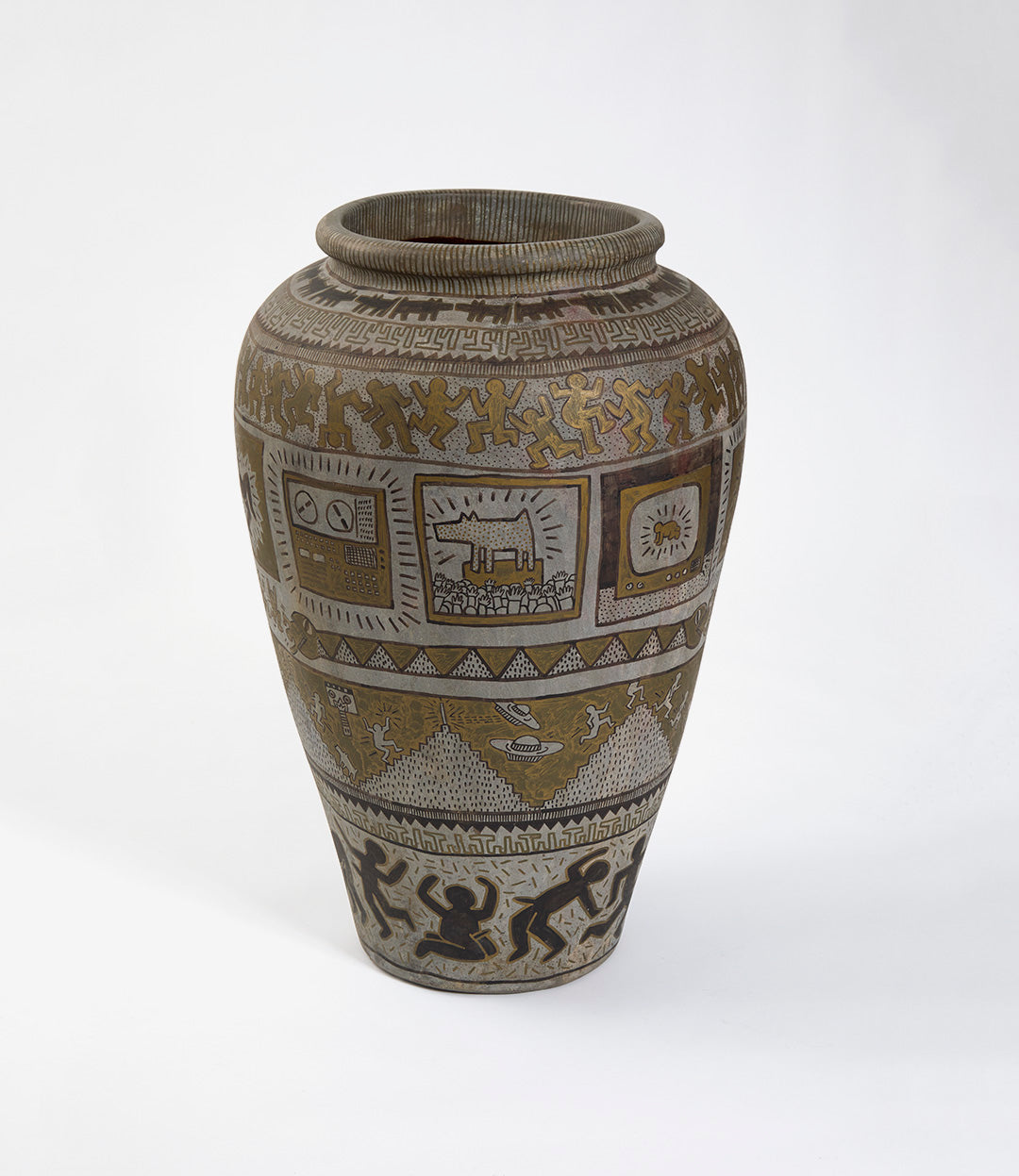
Keith Haring Untitled (gold vase), 1981. Felt-tip pen and enamel on fiberglass vase, 40x25 inches. (Photo: Mathias Kessler)
If you’re a creator and you have half a million, a million, or 200,000 followers on Instagram, for example, who says your art is no good, and why should that be the case?
The result of this is different leaders like Brian Donnelly and Daniel Arsham. They’re right in the middle; they have one foot in art and one foot in popular culture, and that’s different. Brian is the leading example in the world of someone who comes from the origins of street art and brings a new force to art that has penetrated into popular culture.
The new luxury isn’t just about what you wear, but what you know. Explore the book.

